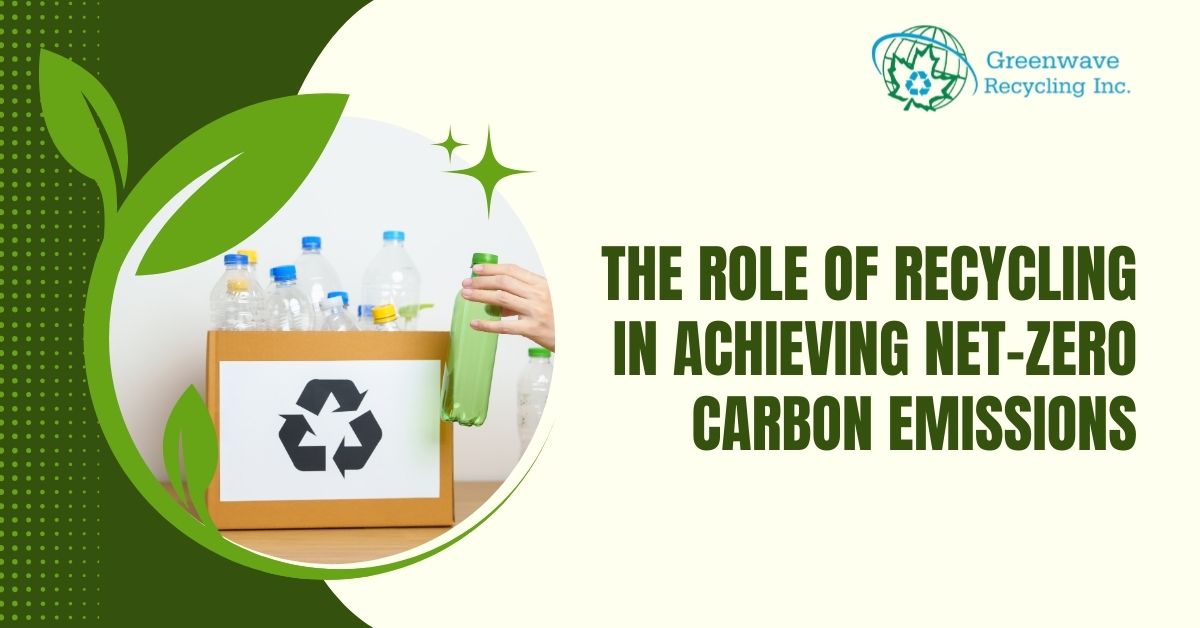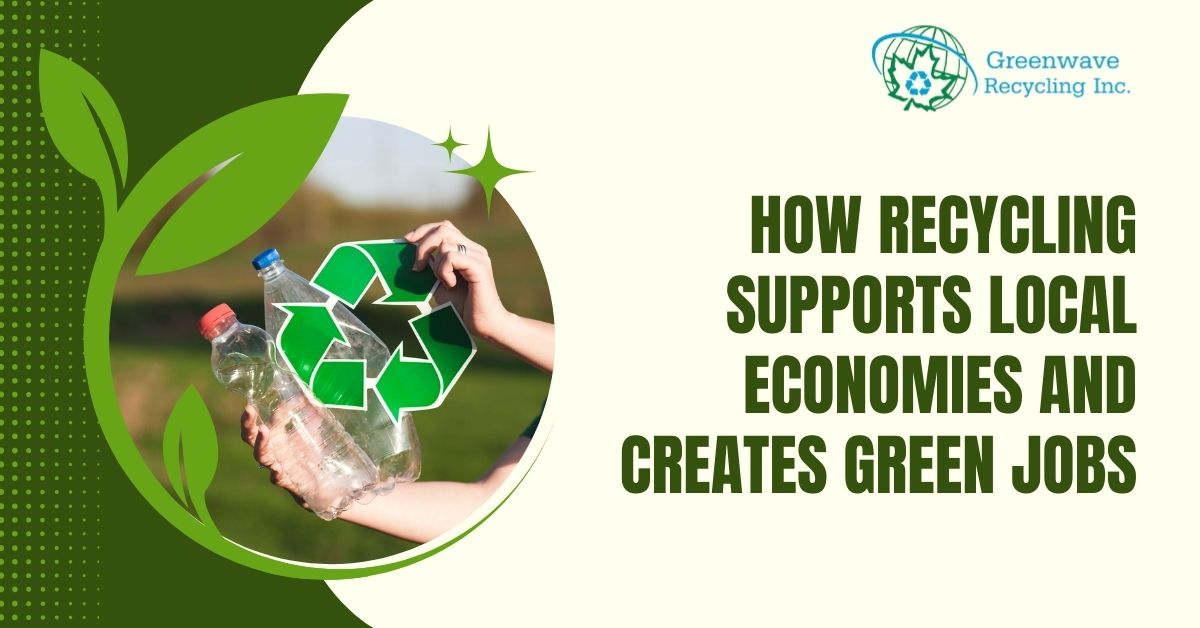As the world shifts toward sustainability, achieving net-zero carbon emissions has become a global priority…

Plastic waste is a growing global crisis with devastating environmental, economic, and health impacts. While plastic is widely used for its convenience, the hidden costs of plastic pollution often go unnoticed. Recycling plays a crucial role in mitigating these effects, reducing waste, and promoting a sustainable future. In this blog, we explore the true cost of plastic waste and how recycling can help solve the problem.
The True Cost of Plastic Waste
1. Environmental Damage
Plastic waste takes hundreds of years to decompose, polluting land, rivers, and oceans. Every year, millions of tons of plastic end up in marine ecosystems, harming wildlife and disrupting natural habitats. The environmental costs include:
- Ocean Pollution: Over 8 million tons of plastic enter the ocean annually, killing marine life and contaminating water sources.
- Soil Contamination: Microplastics seep into the soil, affecting plant growth and agricultural productivity.
- Air Pollution: When burned, plastic releases toxic chemicals, contributing to climate change and respiratory diseases.
2. Economic Losses
Plastic pollution affects economies worldwide, leading to billions of dollars in losses annually. Industries impacted include:
- Tourism – Polluted beaches and oceans discourage visitors, reducing tourism revenue.
- Fisheries and Agriculture – Contaminated waters harm fish populations and reduce agricultural productivity.
- Waste Management Costs – Governments spend significant funds on plastic waste cleanup and landfill management.
3. Health Risks
Microplastics have entered the human food chain through water, seafood, and even air. These tiny plastic particles carry harmful chemicals linked to cancer, hormonal imbalances, and immune system disorders.
How Recycling Can Help Reduce Plastic Waste
1. Conserving Resources and Reducing Production
Recycling plastic helps reduce the demand for new plastic production, conserving resources like oil, water, and energy. Producing plastic from recycled materials uses up to 90% less energy than producing virgin plastic.
2. Preventing Landfill Overflow
Landfills are filling up rapidly, and plastic waste occupies significant space. Recycling ensures plastic is repurposed into new products, preventing landfill overflow and reducing environmental strain.
3. Reducing Carbon Emissions
Plastic production contributes to global carbon emissions, accelerating climate change. Recycling helps lower emissions by reducing plastic manufacturing and energy consumption.
4. Creating Jobs and Strengthening the Economy
The recycling industry generates millions of jobs worldwide, supporting local economies and providing employment opportunities in waste collection, sorting, and plastic processing.
How You Can Help
- Reduce Plastic Use: Choose reusable alternatives over single-use plastics.
- Recycle Properly: Follow local recycling guidelines to ensure plastic waste is correctly processed.
- Support Eco-Friendly Brands: Purchase products made from recycled materials.
- Spread Awareness: Educate others about the impact of plastic waste and the benefits of recycling.
Conclusion
The hidden costs of plastic waste affect the environment, economy, and human health. By adopting recycling practices, individuals and businesses can help combat plastic pollution, reduce carbon emissions, and contribute to a sustainable future. Every action counts—start recycling today!

